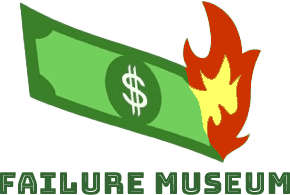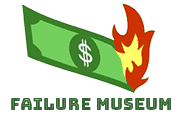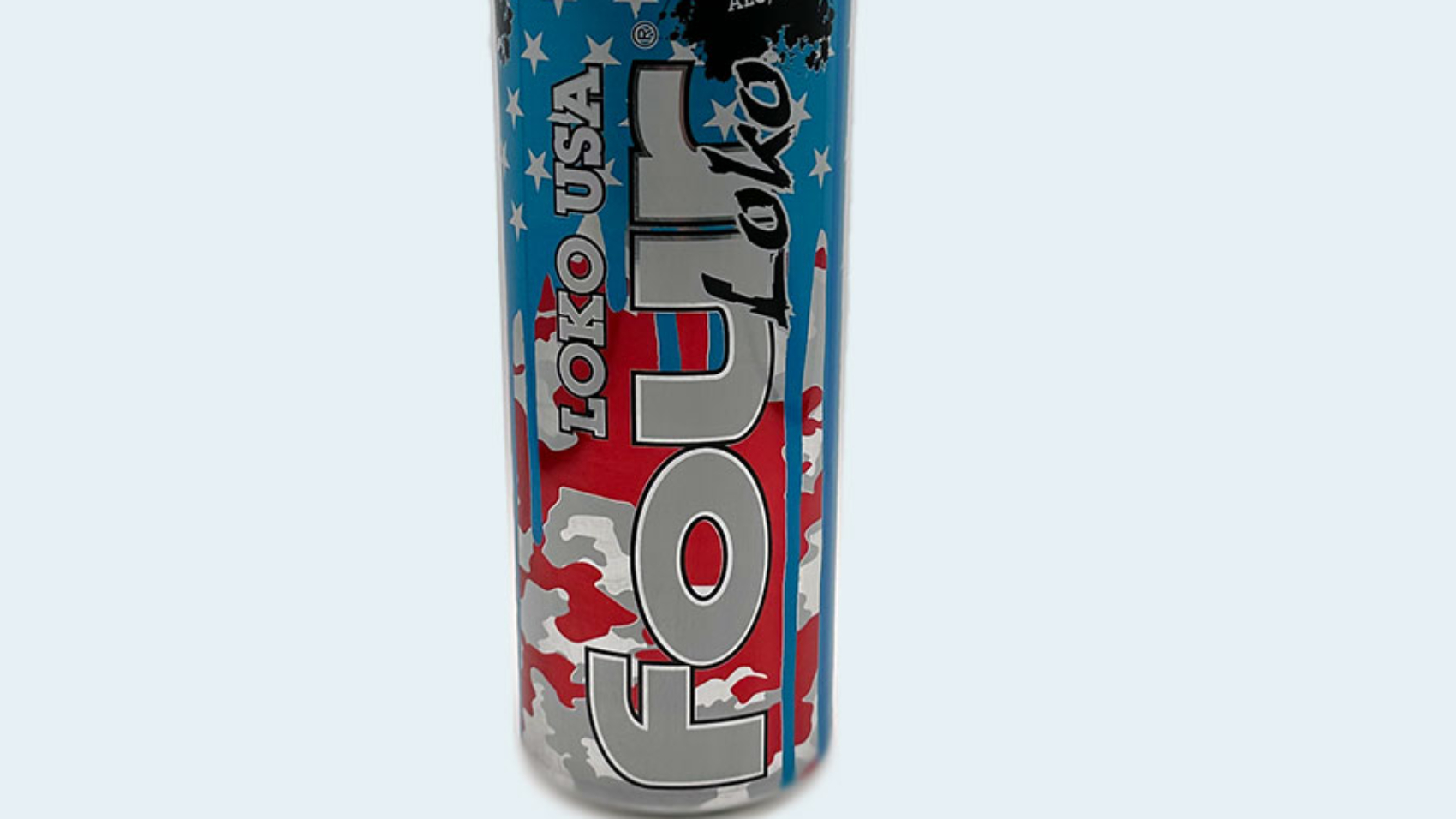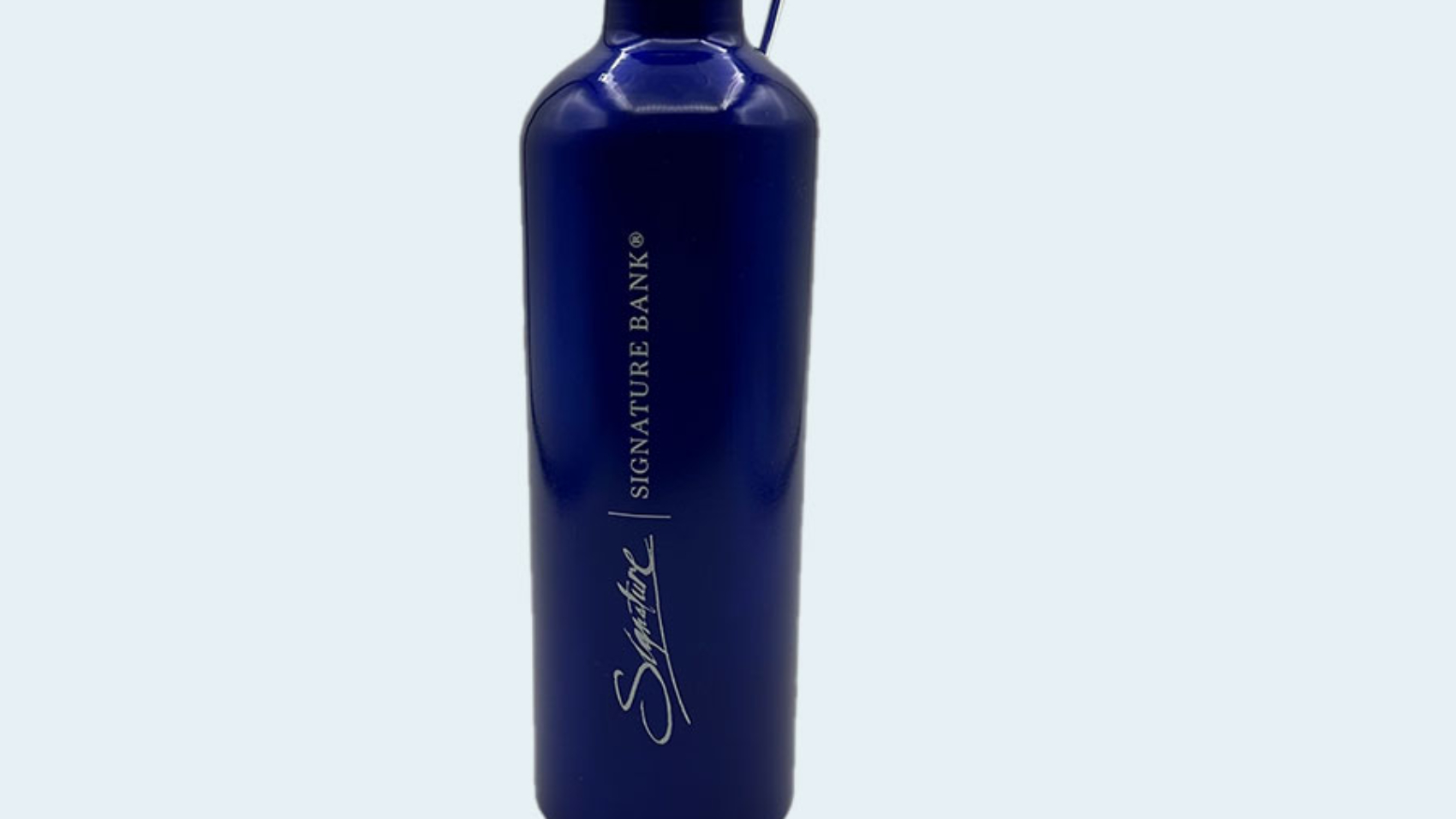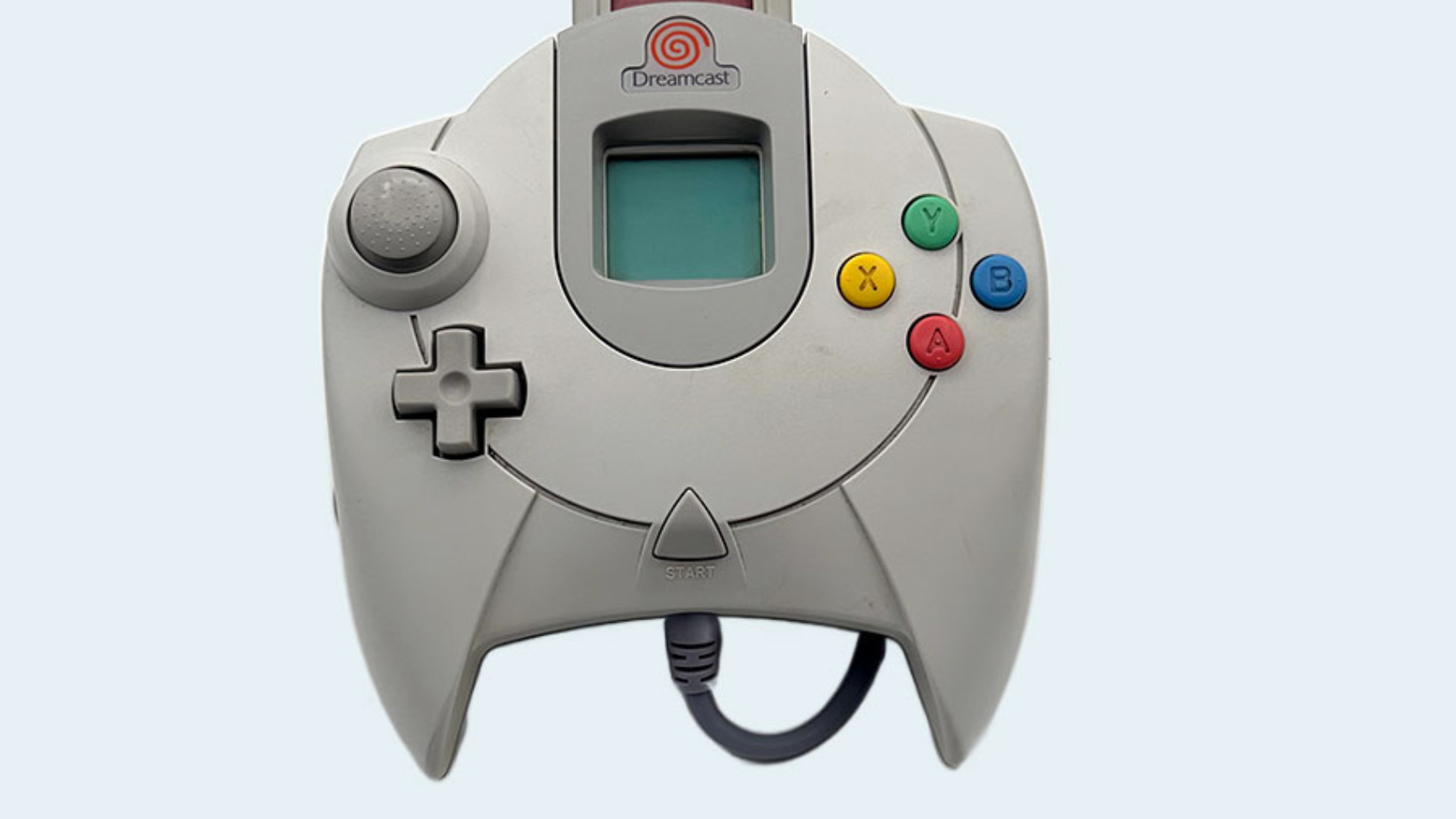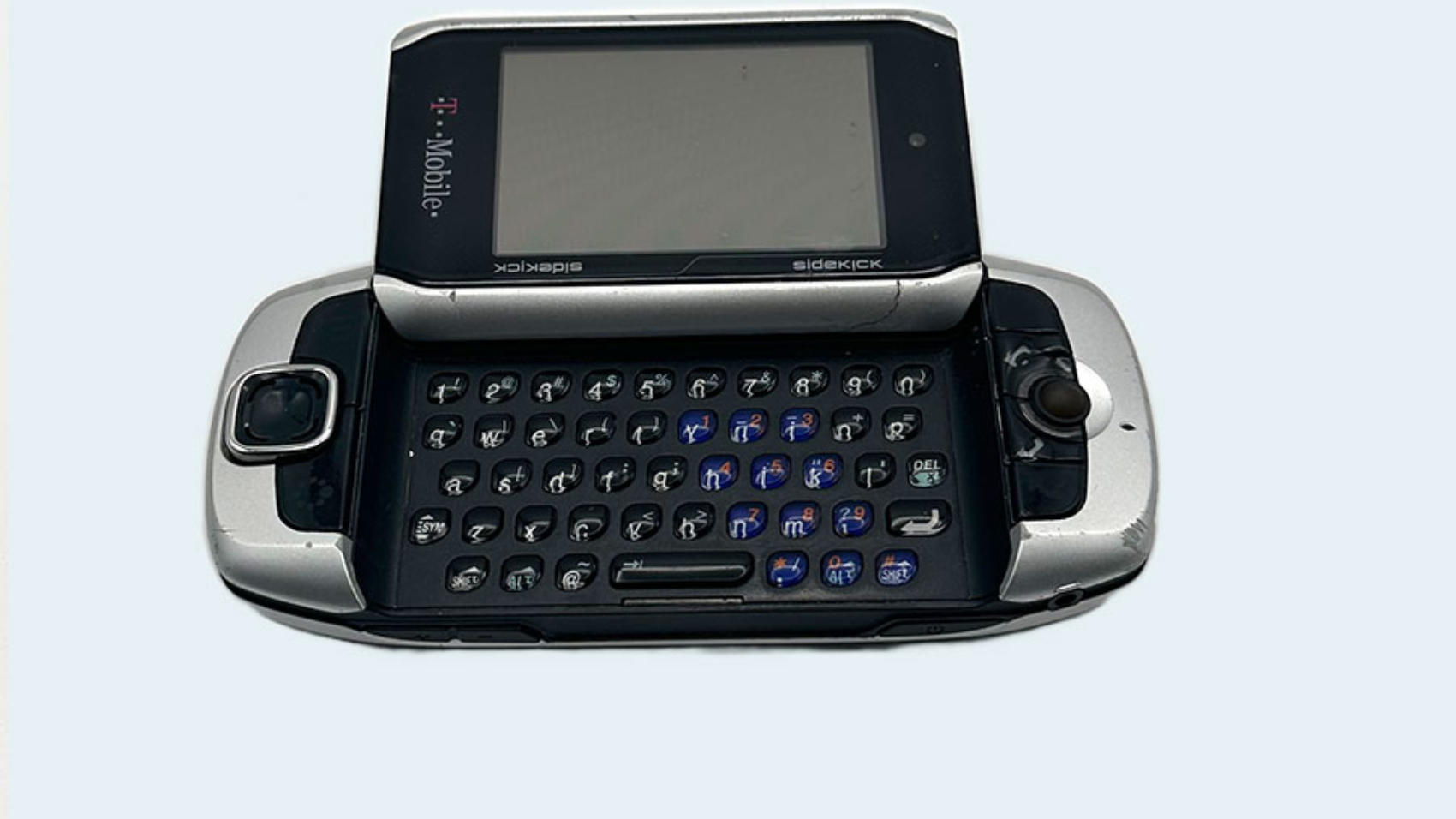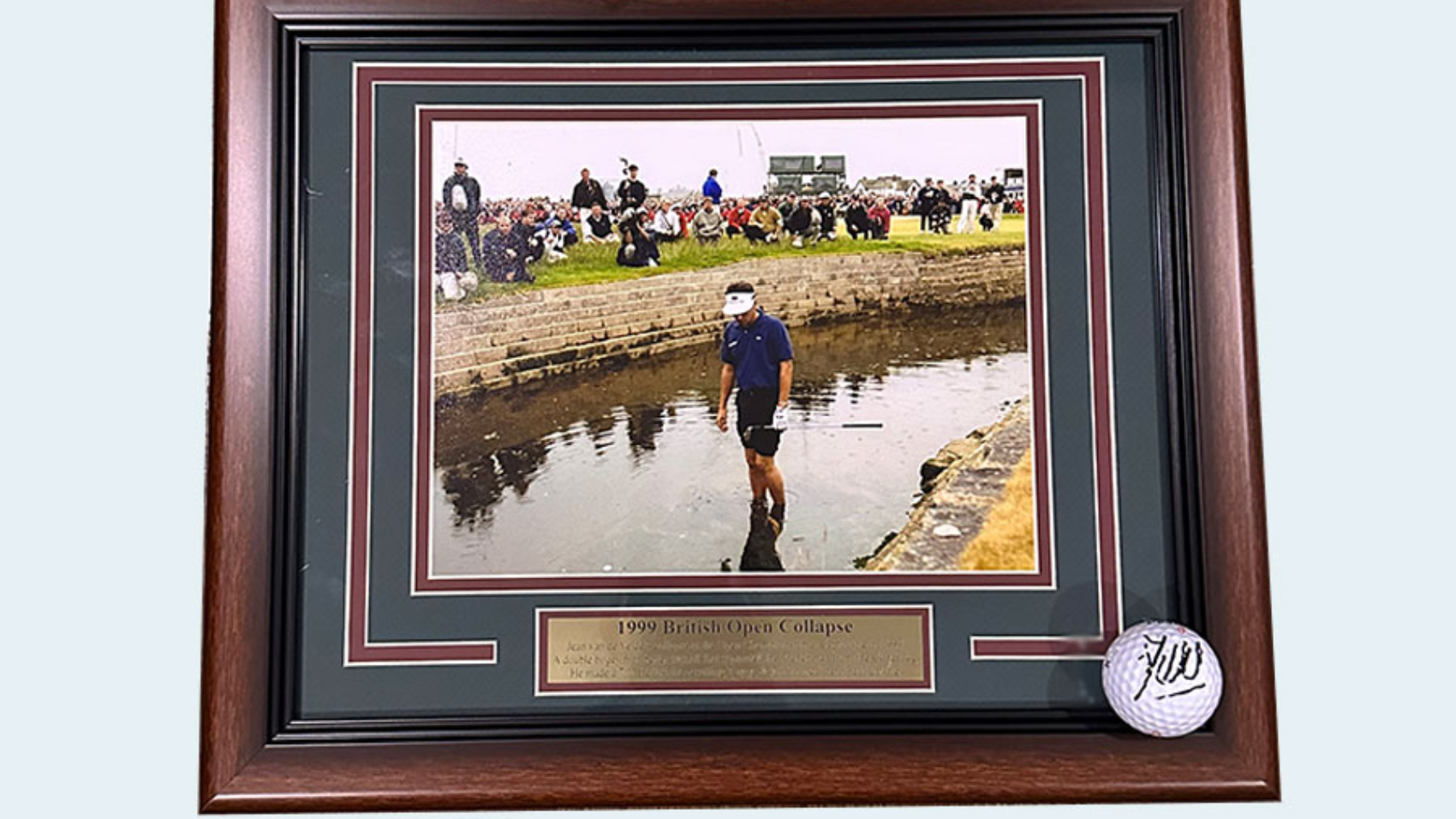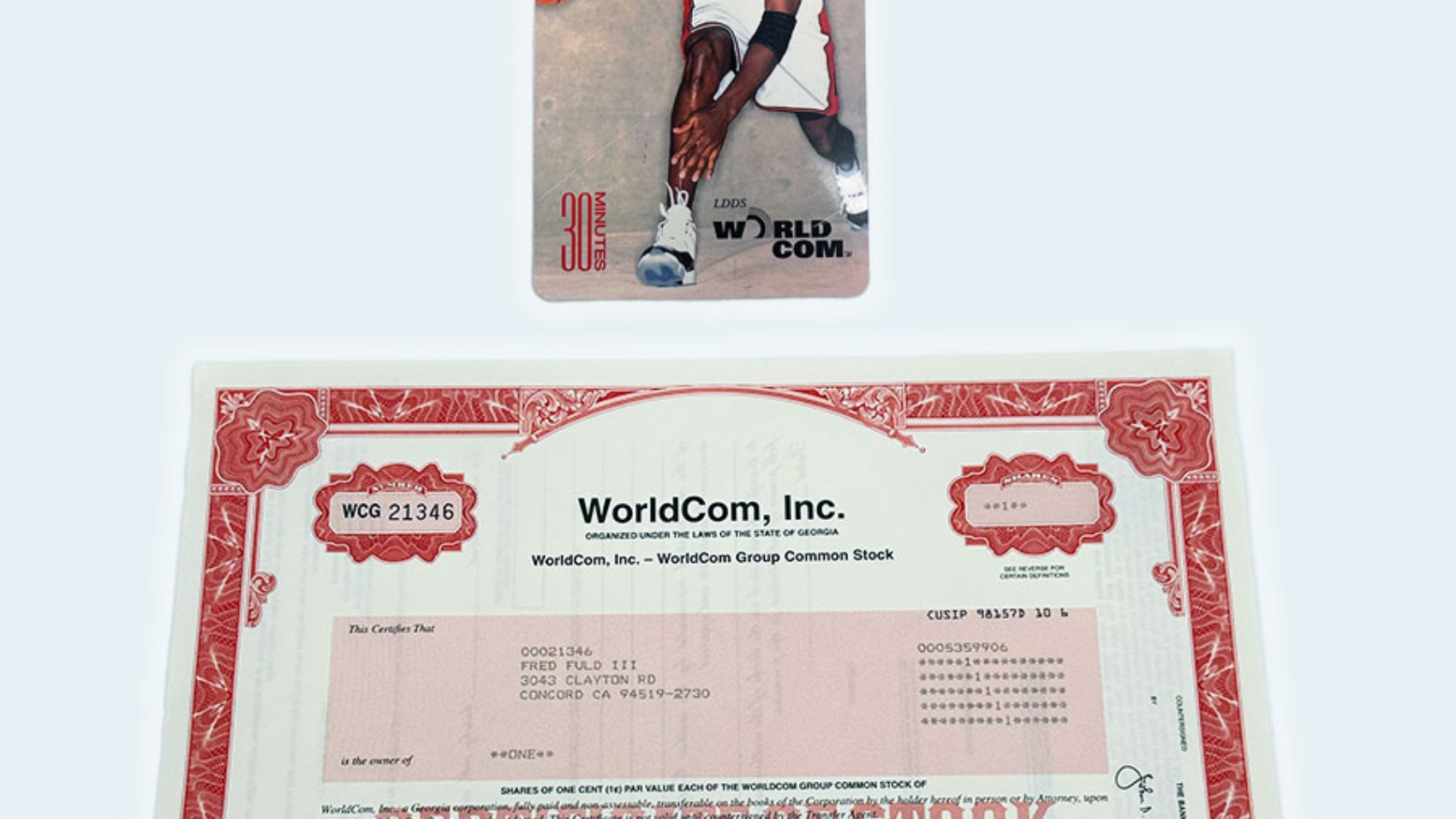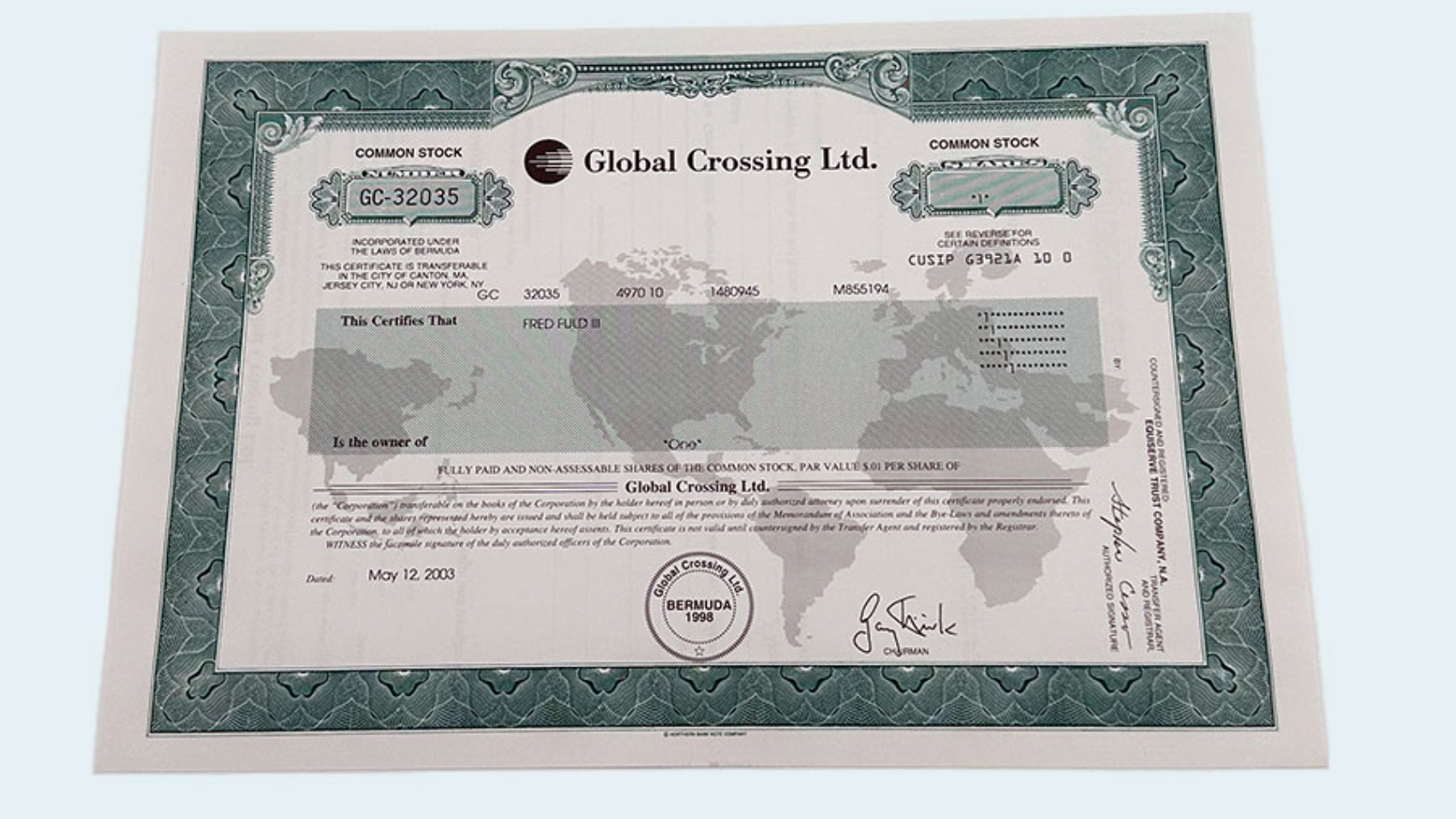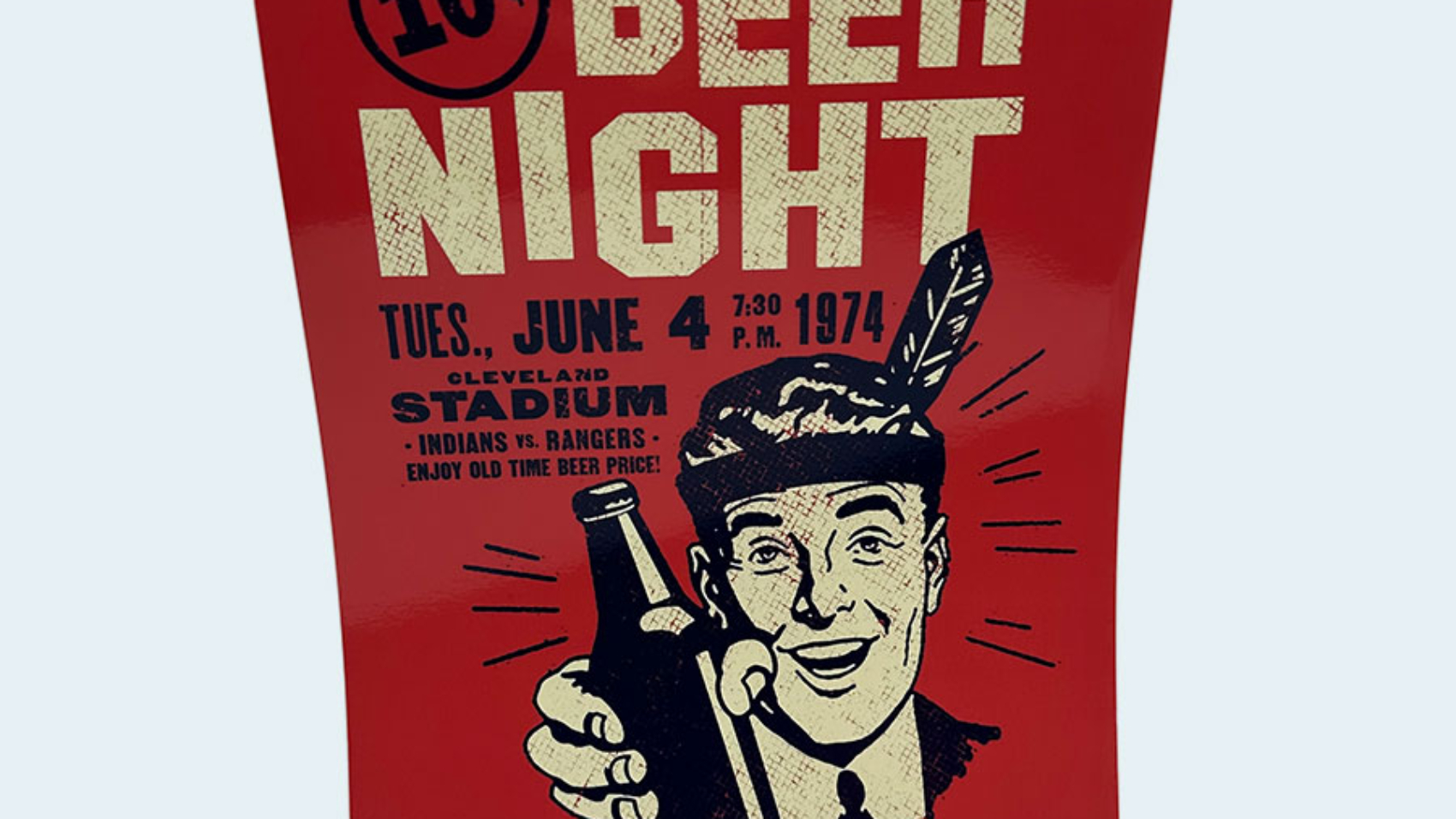In May 2011, the Veer smartphone was released and then it was discontinued in August 2011. The Veer is a minimal 3.3 inches long and just 2.1 inches wide with a screen that measures just 2.6 inches diagonally. That size makes it ultraportable, but with a limited amount of screen real estate it was hard to watch video, work on Word and Excel documents, or browse the web.
Four Loko
In 2005, Four Loko, aka the blackout-in-a-can, was banned by the FDA. Created in a fraternity basement, Four Loko provided the equivalent of 4 glasses of wine and a couple of Red Bulls – a potent recipe.
Signature Bank
In 2023, Signature Bank, the 19th largest US Bank, was shut down after depositors withdrew large amounts of money when Silicon Valley Bank failed. Signature Bank had a high concentration of cryptocurrency customers with digital asset-related client deposits at $16.52B. Signature was one of the few financial institutions that took deposits of crypto assets, a business it entered in 2018. That ended up being a fateful decision because the bottom fell out of crypto assets after the collapse of FTX.
Sega Dreamcast
In 2001, the Dreamcast failed after two years on the market due to competition from PlayStation and Xbox, limited third party support, and Japanese consumers preferring a smaller controller.
Sidekick
In 2009, a confluence of errors from a server failure hurt its main and backup databases supporting Sidekick. All contacts, photos, calendars, and to-do lists that weren’t locally backup were gone.
Mark Madoff
In 2008, Mark Madoff and his brother Andrew exposed the multi-billion dollar Ponzi scheme committed by their father Bernie. They confronted their father over his plans to distribute hundreds of millions of dollars in bonuses to employees months ahead of schedule. Bernie then confessed to them that his business was a long-running Ponzi scheme that was collapsing under the global financial crisis. While no criminal charges were filed against Mark Madoff, the scandal and its aftermath proved devastating to his personal and professional life. On December 11, 2010, Mark Madoff committed suicide on the second anniversary of his father’s arrest.
Jean van de Velde
In 1999, Jean van de Velde just needed a double bogey 6 or better on the 18th hole to win the British Open. He made a 7, and lost the resulting 3 way playoff.
WorldCom
From 1999 to 2002, senior executives at WorldCom orchestrated a scheme to inflate earnings in order to maintain WorldCom’s stock price. There were over $3.8 billion of fraudulent balance sheet entries, while they overstated their assets by $11 billion. At the time, it was the largest accounting fraud in American history. A year later, the company went bankrupt.
Global Crossing
In 1999, Global Crossing was valued at $47 billion, but it never had a profitable year. In 2002, with $12.5B in debt, the company filed for one of the largest bankruptcies in history. Its executives were accused of covering up an accounting scandal as they greatly overestimated demand.
